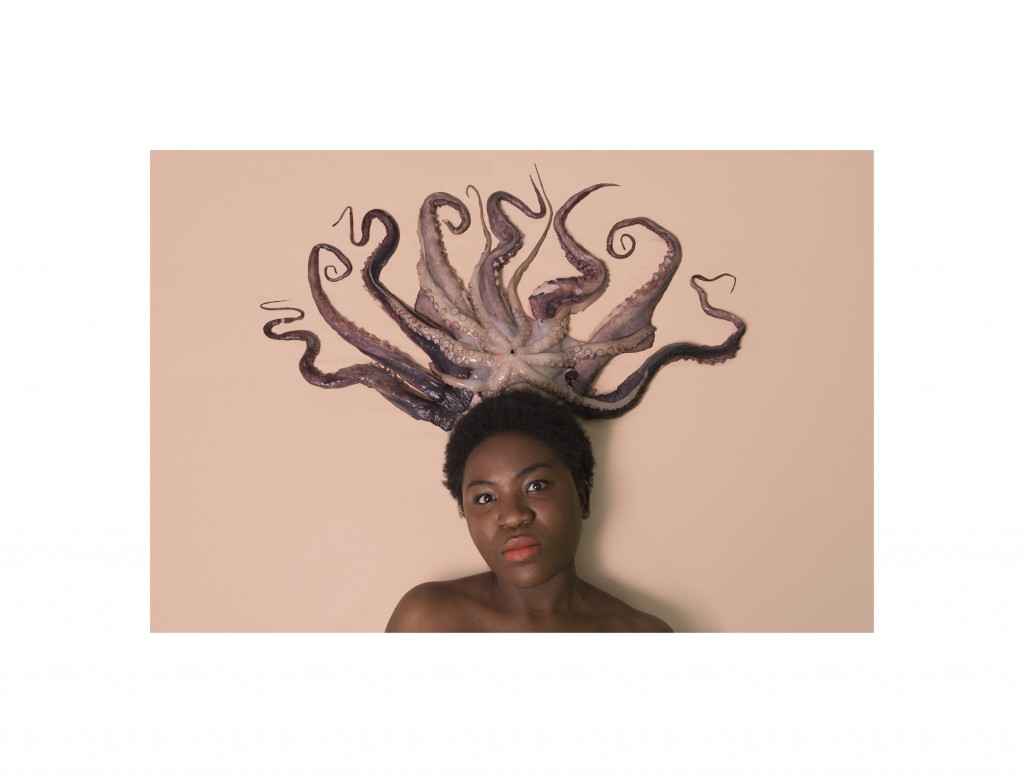
Photographer Interview: Orianne Lopes
From the series Les Melanies Copyright Orianne Lopes
Where are you from and where do you live/work?
My parents emigrated from Portugal to France when they were young. I was born and I grew up in a little town near Lyon. I moved to Switzerland when I was 20 years old to study photography at ÉCAL (Lausanne) and I’m now living and working in Geneva.
What is your interest in using the medium of photography to explore the human body?
I have always been fascinated by the photographic presence of the human body and the power of pictures. The images we see all around us mould our conception of genders and bodies. They infiltrate our minds, formatting our perception. Also, I find human skin to be like the surface of photo-sensitive paper: It can reveal one’s identity or most intimate details just as it can completely hide it. Photography captures the concreteness of things and at the same time it urges projection. You can make people see things in a different way than usual by using the medium of photography.
 |
| From the series Les Melanies Copyright Orianne Lopes |
Were there specific historical images of black women that influenced your series, Les Melanies?
I first became interested in the Venus representations in Art History. I was already working on the link between photography and sculpture through the female body. I learned a lot about the story of Saartjie Baartman, I collected all the scientific archives and colonial imagery around the Hottentot Venus. It brought me to another figure: Joséphine Baker. Her situation was ambiguous – between being considered as an exotic object or animal and using this fascination to become famous. I have also been inspired by Grace Jones and how Jean-Paul Goude pictured her.
These three women have been like steps in my research. Their visual representations and their stories helped me to build my project.
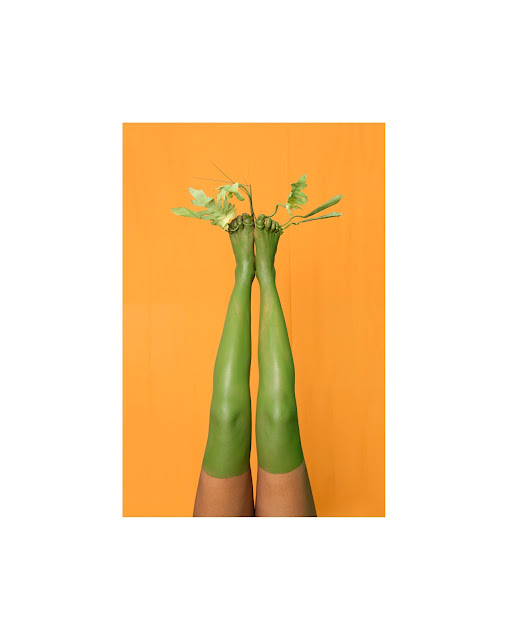 |
| From the series Les Melanies Copyright Orianne Lopes |
Why make this work now? Is there a statement that you want to make about the black female body as it exists in modern Western culture?
This work is the result of a reflection I had about the representation of the black female body in Western visual culture during different times and contexts up until the present day. I wanted to reinterpret the trivializations made by ethnographic photography of the colonial period and by contemporary erotic images. Through these quirky, and sometimes parodic pictures, I try to question the image of the black, African woman and its aesthetic and sexual stigmatization. In a manner the work also highlights the supremacy of white standards in the fashion industry and in advertising.
 |
| From the series Les Melanies Copyright Orianne Lopes |
Where did you source the props that are used in your shots?
I combined various references, for example exotic figures like the Pachamama, the legend of the Amazons or Balinese dancers. Every intervention (by that I mean the act of creating or adding something to the body or the object photographed) is always between reality, history and myth. I tried to make my photographic point of view completely uninhibited to treat this subject. Many categories of intervention overlap and are used directly on the body: paint, artificial body parts, extensions made of various materials. The use of organic materials confronts the artificial aspect of the prosthetics. This contrast emphasizes the different types of image associations I use in the project: woman-animal fantasy, symbolic images of a vegetal woman, the nourishing mother.
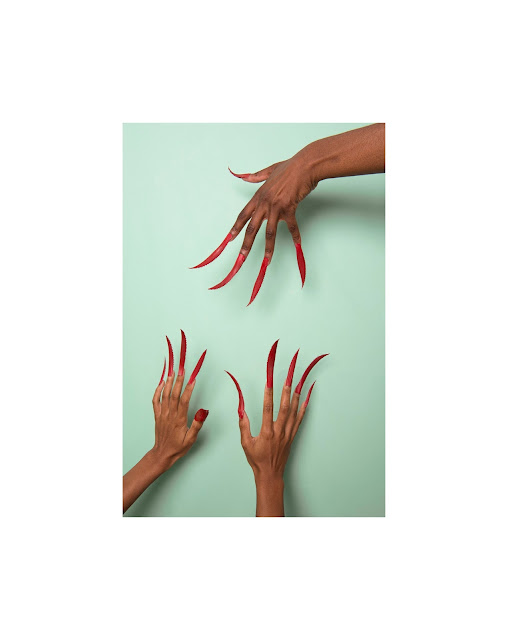 |
| From the series Les Melanies Copyright Orianne Lopes |
Can you talk a bit about the commercial and/or fashion aesthetic of the Les Melanies images?
I like to play with feelings of attraction/repulsion. First, the playful aspects of the series catch the eye – from a distance we see a colourful collection of pictures. Then as we approach and begin to pick out the details, we see images depicting strange metamorphoses of the body, defects in the background, the models’ unairbrushed skin…nothing of the “crudity” of a body is hidden. This visual tension permitted me to simultaneously avoid and use the sophisticated features of fashion and commercial photography.
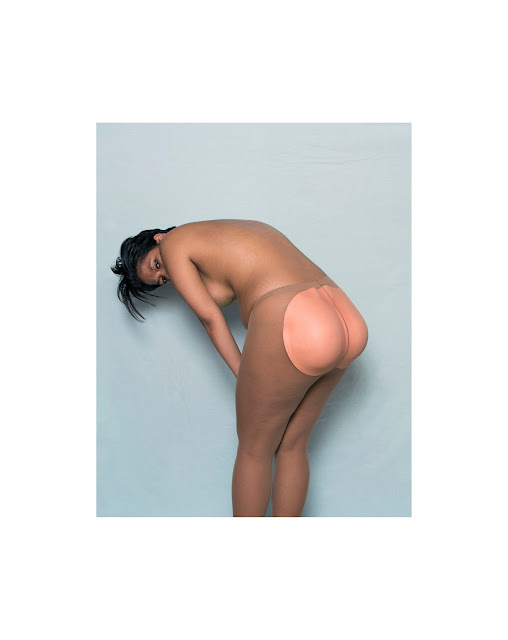 |
| From the series Les Melanies Copyright Orianne Lopes |
What are the counter-narratives being told in this series?
In each of these images a cheap trompe-l’oeil of sorts is omnipresent. The aim here is to reveal the illusion rather than to delude. The approach – adding prosthetics, modifying the body – deflects the viewer’s attention from the sexual character of the bodies in the images. The naked feminine body is removed from its usual sexual schema and is exhibited in a manner that is not passive. This enables us to present another embodiment of the bodies of black women.
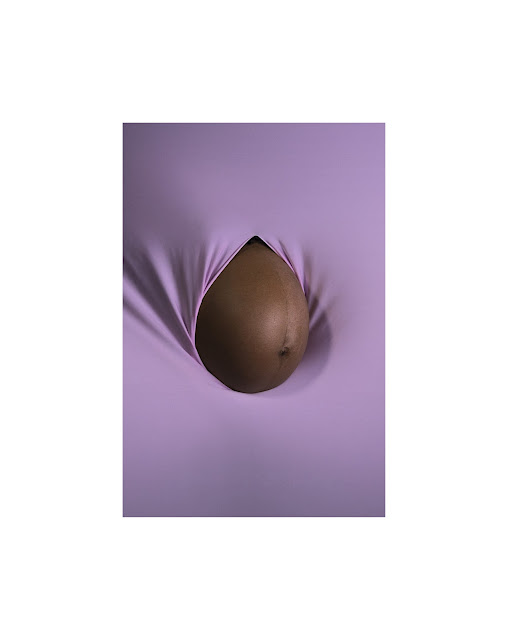 |
| From the series Les Melanies Copyright Orianne Lopes |
What reactions have you gotten to this work?
I can tell you an anecdote about one specific reaction I faced because I find it particularly amusing as well as telling. It makes me think about the subject of this work in another way… I was selected to be exhibited at the Hyères International Photography Festival with 9 other photographers. I met the curator and the members of the jury and they were stunned when they discovered I was white!
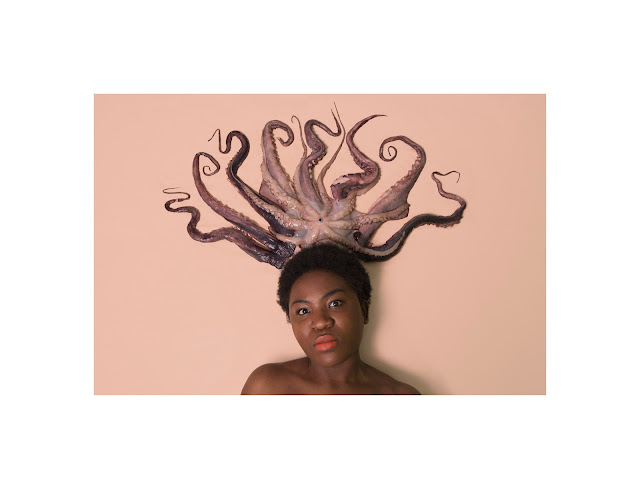 |
| From the series Les Melanies Copyright Orianne Lopes |
View more photography by Orianne Lopes.
_________________________________________________________________________________
Dodge & Burn is a blog dedicated to documenting a more inclusive history of photography and supporting the work of photographers of color with photographer interviews.
This blog is published by visual artist and writer, Qiana Mestrich. For regular updates on diversity in photography history, follow Qiana on Twitter @mestrich, Like the Dodge & Burn Blog page on Facebook or subscribe to Dodge & Burn by email.
You must be logged in to post a comment.

+ There are no comments
Add yours